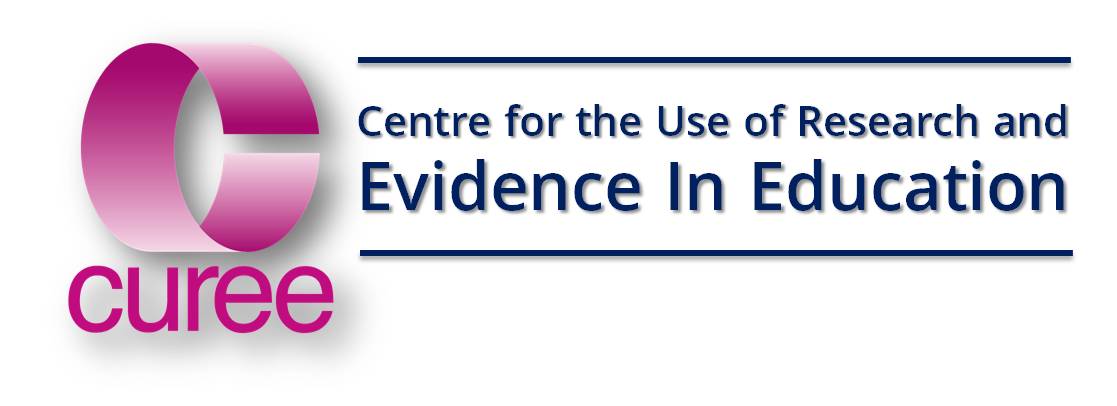What is RtI?
Response to Intervention (RtI) is a multi-tier, variable intensity programme which specifically targets the needs your pupils using accurate assessment data to shape both teaching and interventions. It has been used for a variety of purposes within schools, including supporting literacy skills in primary and secondary settings, catch-up literacy and helping pupils transition to secondary school. It is particularly effective with pupils with special needs (SEND).
The approach is both very effective and cost efficient as it is used at low-intensity whole class level - and at progressively higher intensity group and individual levels but only for those whose needs won't be met at the less intense level. The very accurate diagnostic process ensures that only those pupils whose needs have not been met, participate in the more intensive (and, let's be realistic, more expensive) stages.
What are the main features of RtI?
- A tailored intervention which is designed specifically for your staff
and pupils, using initial screening and close case analysis (Crucial aspect of RtI)
- Use of research-based interventions to meet individual needs which are identified through monitoring
- Initial screening and close-case analysis of pupil needs
- Regular monitoring of pupil progress
- An intervention which is provided in 3 tiers of increasing intensity
- Tier 1: Enhanced research-based approach to general class teaching
- Tier 2: Providing small group interventions in addition to class teaching for pupils with weak progress, this uses research which has found that collaborative work can promote learning (3-10 pupils in group)
- Tier 3: Provide pupils who have persistent and significant difficulties, with intensive assistance (usually one-to-one). This uses individualised teaching and on-going performance data, which is a critical aspect to the intervention.
- Planning professional development and support for professional learning to help teachers carry out interventions within their classrooms (teacher support)
Impact of RtI?
RtI has been shown to have a positive impact on progress and significantly reduces the number of pupils falling behind.
- Successful use in a number of SSIF* projects (final results are pending and will be listed when available)
- Successful findings were found throughout CUREE's Closing the Gap project
- An EEF funded trial showed good results including an Effect Size of +0.48 for FSM pupils (but technical issues compromised trial outcomes - see the evaluator's commentary here
)
- Research using randomised control trials have shown group teaching using RtI in 11-13 year old increases literacy skills (click here to find out more)
The RTI approach is in widespread use in the United States. You can find out more about it via the RTI Network website
* SSIF= Strategic School Improvement Fund
Next steps
If you want to find out how you can have CUREE implement RtI into your school or want more information contact us on info@curee.co.uk
